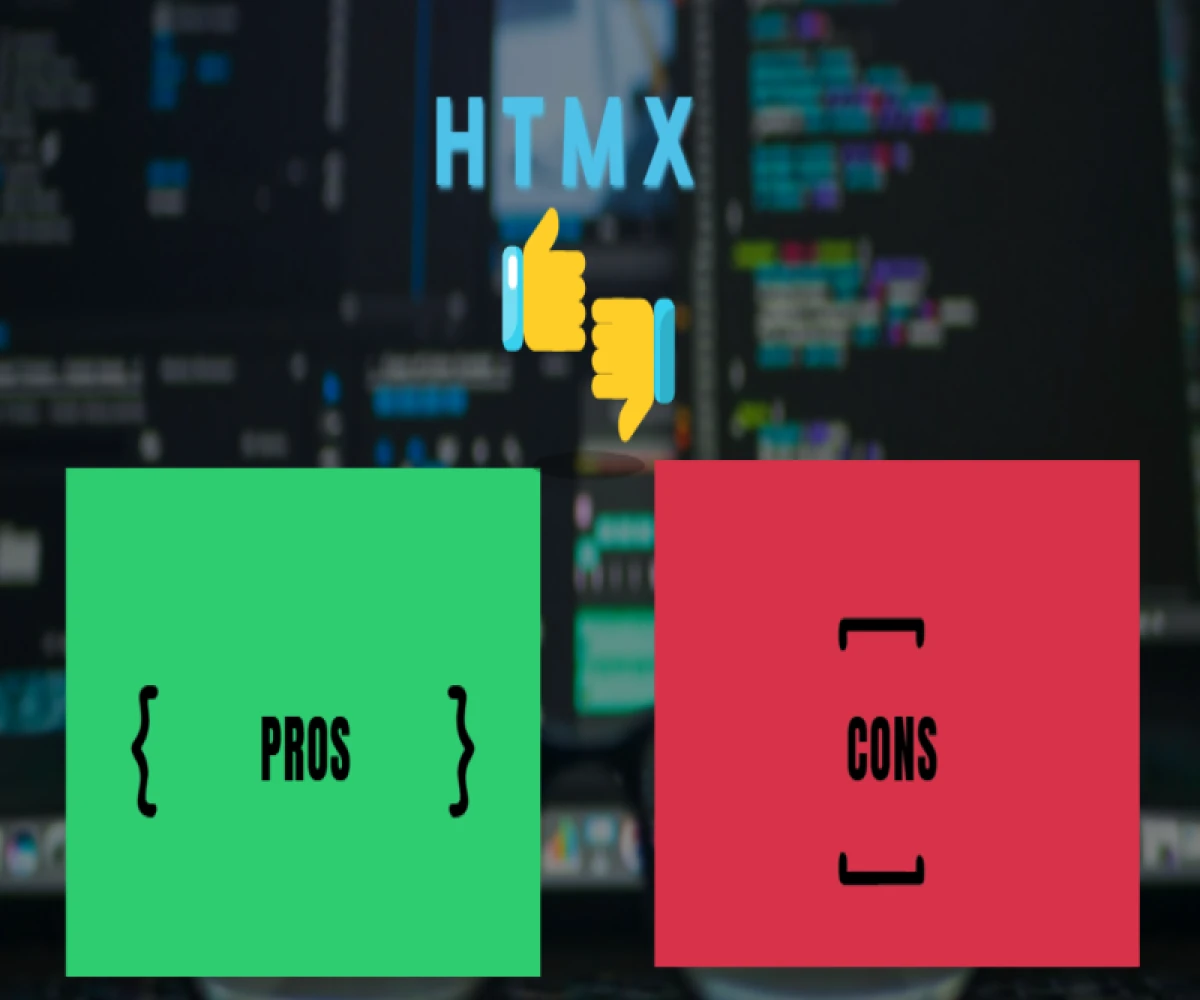
HTMX: The Server-Side Superhero Saving Web Development from Complexity Overload
HTMX: Hype and Humility - When to Embrace the Refreshing Remix
HTMX has been making waves in the web development world, offering a refreshing take on web app interactivity. It promises a simpler, server-centric approach, ditching the complexity of modern frameworks for the charm of sprinkles of JavaScript on HTML. But before you jump on the HTMX bandwagon, let's take a sober look at its pros and cons, helping you decide when it's the perfect fit.
HTMX's Hype:
- Lightweight and Efficient: Ditch the hefty JavaScript frameworks and enjoy lightning-fast loading times.
- Simple and Friendly: Write basic, declarative HTML with a dash of JavaScript, making it accessible even for newcomers.
- SEO Nirvana: Server-rendered content reigns supreme, making search engines your best friend.
- Blazingly Fast Interactions: Trigger server-side updates with minimal JavaScript, yielding snappy performance.
But Hold Your Horses:
HTMX isn't all sunshine and rainbows. Here are some drawbacks to consider:
- Client-Side Interactivity Void: Want fancy animations or intricate data manipulation? Look elsewhere. HTMX focuses on server-side magic, not client-side wizardry.
- State Management Maze: Handling complex state in an HTML-centric landscape can get messy. Prepare for some old-school form field juggling.
- Reusable Components Gap: Building reusable UI components requires extra effort. HTMX shines for specific interactions, not entire component libraries.
- Limited Tooling Landscape: Debugging and tooling support are still evolving. Embrace the pioneer spirit!
So, When is HTMX Your Perfect Match?
- Data-Driven Dashboards: Live feeds, real-time updates, and simple interactivity? HTMX is your MVP champion.
- CRUD Interfaces with Flair: Build CRUD apps with lightning speed and server-side validation.
- Prototyping Playground: Need a quick and dirty prototype? HTMX gets you up and running in a flash.
- Minimizing JavaScript Fatigue: Craving a break from complex frameworks? HTMX offers a refreshing change of pace.
The Takeaway:
HTMX is a powerful tool, not a silver bullet. Embrace its strengths – simplicity, speed, and SEO – while acknowledging its limitations. For the right project, it can be a game-changer. But for complex, interactive applications, look beyond the hype and consider a more well-rounded framework.
Remember, the best tool is the one that fits your needs like a glove. So, try HTMX, compare it to other options, and let your project guide your decision. After all, when it comes to web development, the right choice lies in finding the perfect balance between hype and humility.
Feel free to use this blog post as a starting point and add your own insights, experiences, and thoughts on HTMX.
I hope this helps! Let me know if you have any other questions.


